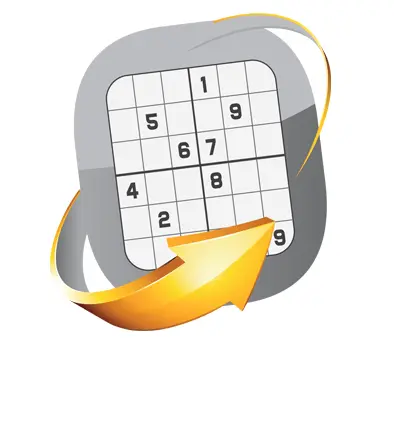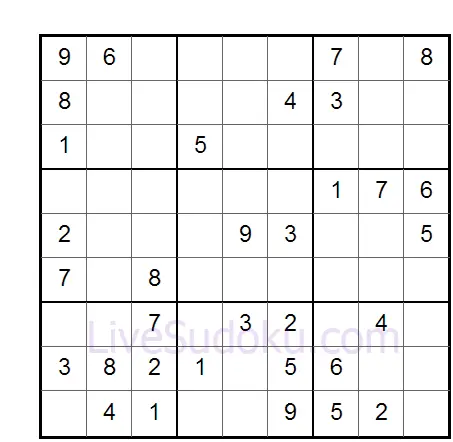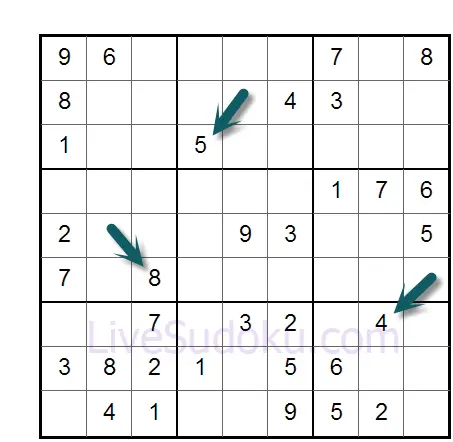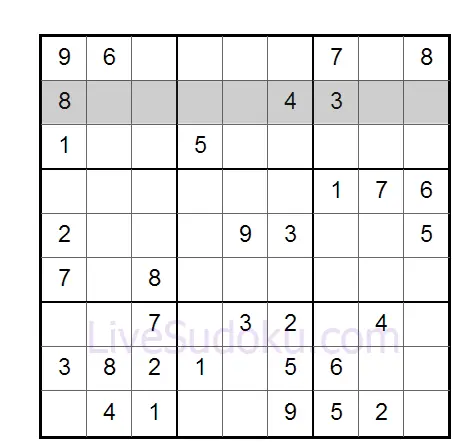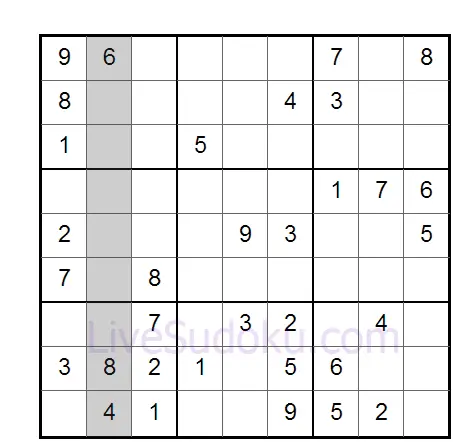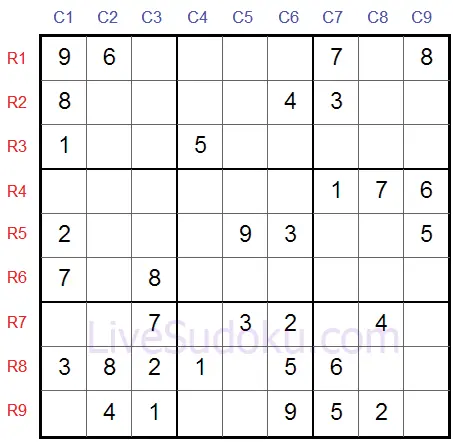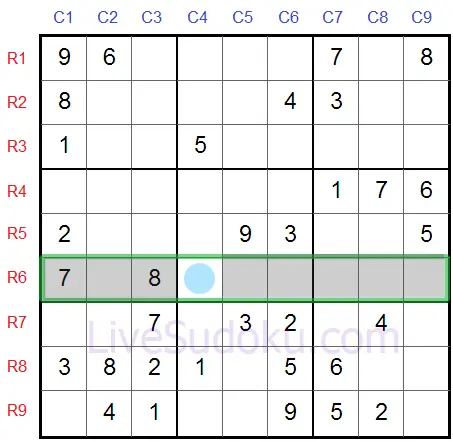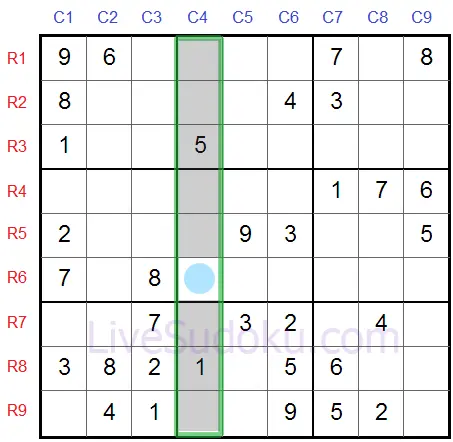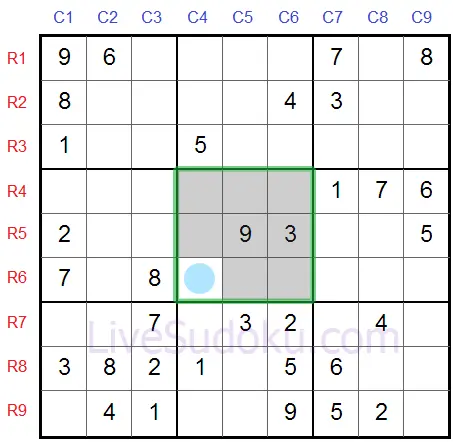The Basic Rule of Sudoku
To complete a Sudoku, you need to fill in the empty cells so that each row, each column and each box must contain all the digits between 1 and 9, and each digit can appear only once.
But don't worry, we will talk about that in more detail later.
First, let's learn a few Sudoku terms.
Cells
Sudoku is played on a grid of 81 Cells, consisting of 9 rows and 9 columns.
Givens
When you start a fresh Sudoku, some cells already contain digits.
These digits are called Givens and cannot be changed throughout the game.
All the other cells are empty - for you to fill in with digits of your choice.
Rows
The grid has 9 Rows which are numbered from 1 to 9, from top to bottom.
For example, row number 2 is the one highlighted here.
Columns
The grid also has Columns which are numbered from 1 to 9, from left to right.
Column number 2 is the one highlighted.
Boxes (or Blocks)
Sudoku also has Boxes, sometimes referred to as Blocks.
Boxes are the 3x3 cells separated by the thicker lines in the grid.
Here is an example of a highlighted box.
There are 9 boxes in total.
The boxes are numbered in the following way.
Legend
For your convenience, we will be using a legend for the rows (colored red, on the left) and for the columns (colored blue, on top) throughout the tutorials.
Cell numbering
A specific cell is referred to by its row and column number.
For example, the highlighted cell here is R5C6:
It resides on row number 5 - R5 and column number 6 - C6
The highlighted cell here is referred to as R3C1.
It resides on row number 3 - R3 and column number 1 - C1.
House
A key part to learning Sudoku is understanding what houses are.
We use the term House when we talk about a row, a column or a box.
Each row, column and box is called a house.
Buddy cells
Buddy cells are cells that are in the same house (same row, same column or same box).
Let's have a look at R6C4 highlighted here.
All the cells in its row (R6) are buddies with R6C4
All the cells in its column (C4) are also buddies with R6C4.
And all the cells in its box are also buddies with R6C4.
R6C4 is a buddy cell with all cells highlighted here.
Buddy cells affect each other.
Remember The Basic Rule of Sudoku:
Each row, each column and each box must contain all the digits between 1 and 9, and each digit can appear only once in any row, column or box.
Therefore buddy cells in cannot contain the same digit within the row, column and box they reside in.
Let's see an example; have a look at the row of R6C4 and pay attention to the Given digits already filled in.
We have '7' at R6C1 and '8' at R6C3
This means that R6C4 cannot be a '7' or '8' - because it resides on the same row R6 and the same digit can only appear once on the same row.
Now that you know what buddy cells are, it is easy to see how buddy cells affect each other; they cannot contain the same digit in any of the other buddy cells.
Before we move on it's important to mention that a valid Sudoku has only 1 solution and that you can fill in the cells using logic only and without guessing.
Read through the next tutorial to learn basic Sudoku solving methods.
